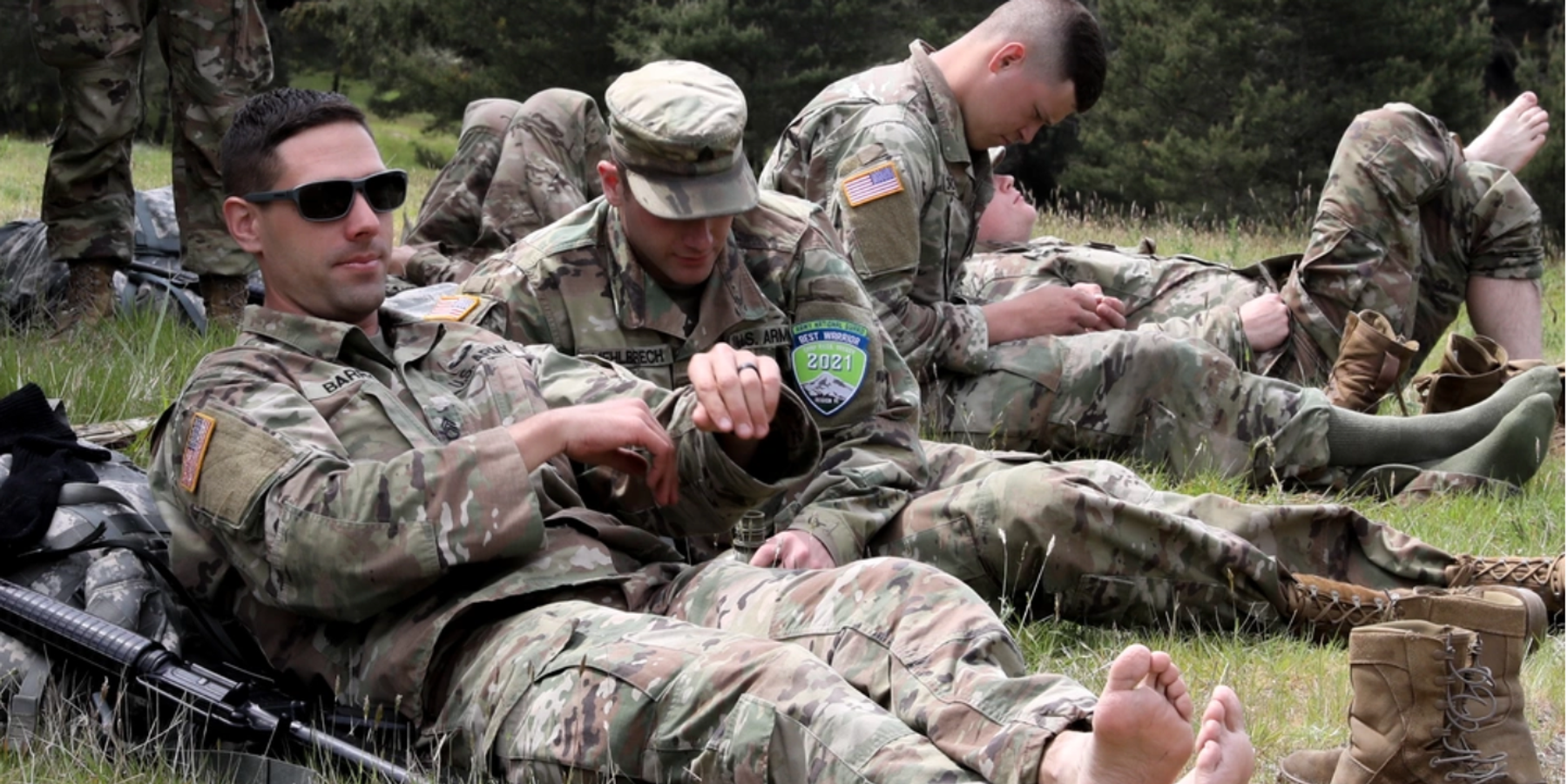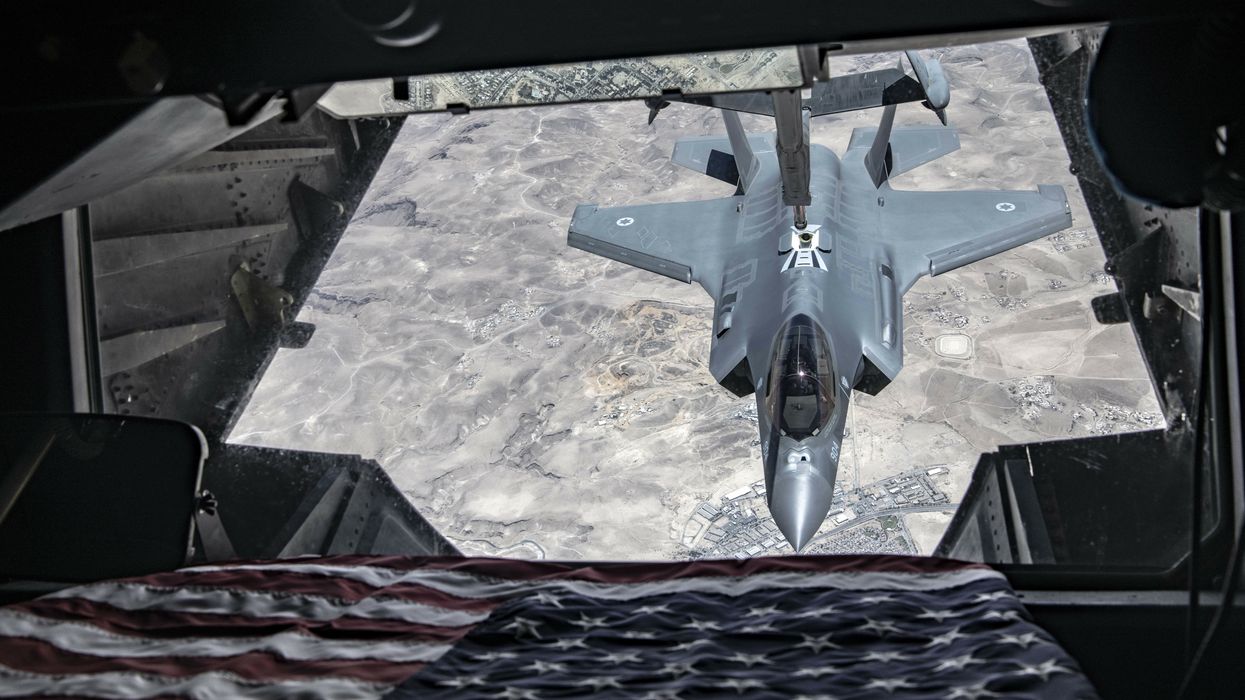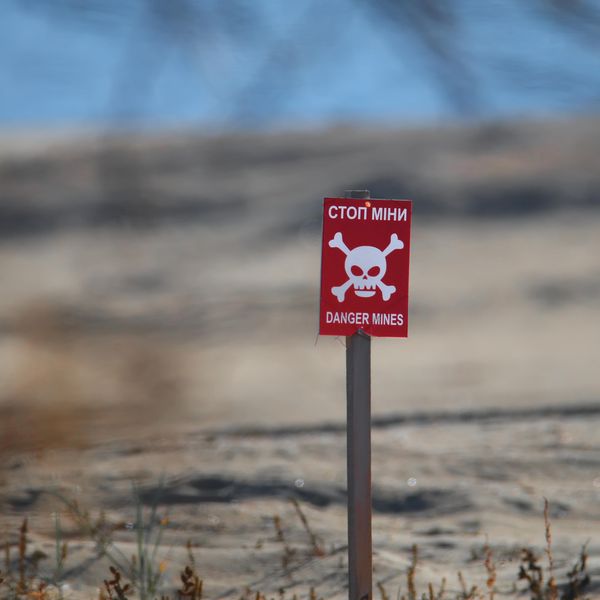Are you a veteran with a story to tell? A journalist covering military or veteran issues? An investigative reporter uncovering critical stories about those who serve? Responsible Statecraft wants to hear from you.
We’re seeking compelling pitches from veterans: storytellers, journalists, and first-time writers with unique perspectives on military and veteran-related topics within a realism & restraint point of view. We especially welcome well-researched investigative pieces. Competitive rates are offered, with higher rates for in-depth, thoroughly sourced investigations.
Examples of Pitch Topics:
- Is the culture of U.S. Special Forces changing?
- A week alongside a military recruiter—what I learned.
- Investigating contaminated water at [X] base.
- What’s driving the mental health crisis among veterans?
- What does SecDef Hegseth mean by “going back to basics”?
- A personal account of military service and its impact on your worldview.
- Why “ending forever wars” resonates with some veterans.
- People talk about the military industrial complex, here is what I experienced in it.
Important: Please send pitches, not completed pieces, along with a bio and links to any other published pieces, if available.
Acceptance of a pitch does not guarantee publication of the final article.
Send to veterans@quincyinst.org. We look forward to your stories!

















